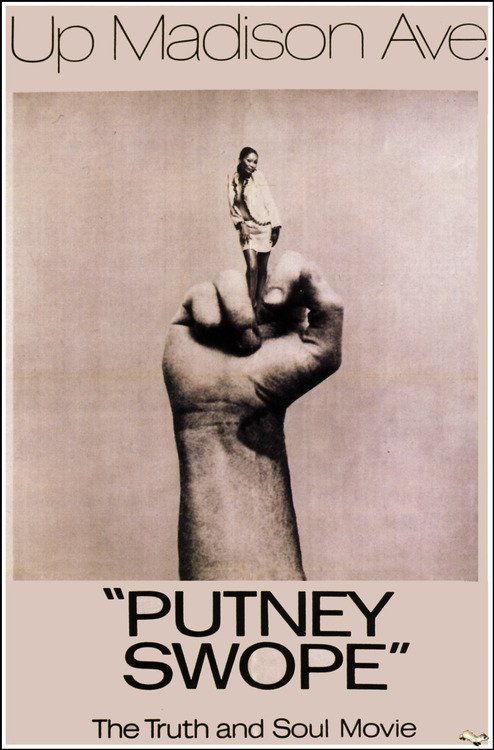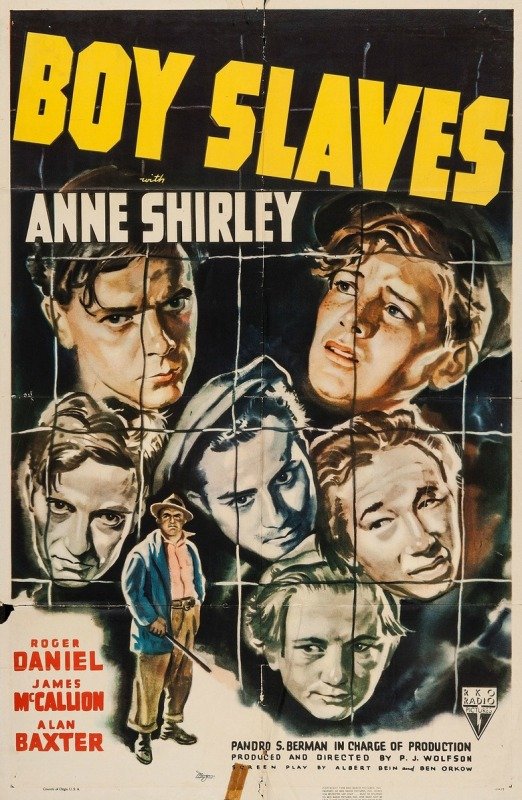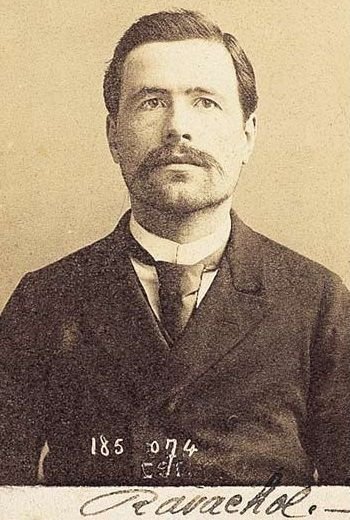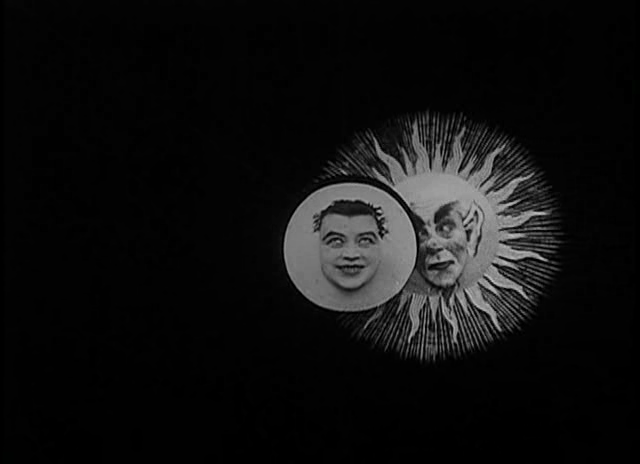
Raymond Griffith
How did Raymond Griffith get to be so forgotten? I first read about him in Walter Kerr’s The Silent Clowns, and though he sounded fascinating in Kerr’s lambent prose, I found it hard to imagine a really great silent comic having slipped into the land of amnesia so thoroughly. Yet, if you seek out the performer’s work on YouTube (few legitimate avenues offer his movies), you’ll see an extraordinary comedy player.
Griffith is unlike Chaplin, Keaton and Llloyd in that he doesn’t offer an iconic silhouette: his “costume” was a top hat and tux, and his dapper appearance calls to mind France’s great Max Linder. But though Griffith could and did play it straight (notably in Todd Browning’s 1923 White Tiger), he wasn’t seen as a straight actor with a gift for elegant comedy, like Adolphe Menjou. Griffith played a supporting role in the Menjou vehicle Open All Night (1924), and it’s clear he’s a comedy turn, brought in to spice things up with a broader kind of farce. Griffith had, after all, gotten his start at Keystone—where his promotion from gag man to star was swiftly followed by demotion back to the story department, so ill-fitted was his style to the Keystone school of mayhem. Today, Griffith’s few surviving shorts look much more watchable than the hectic knockabout of the typical Sennett programmer. True, they have no structure, but Griffith provides moments of reflection and comic calm amid the maelstrom of brickbats and slaps.

Dope, Dogs& Greasers
Robert Downey, Jr., delivered his first spoken line in a feature-length motion picture at the age of five. He played a puppy in Pound, written and directed by Robert Downey, Sr.
Born Robert Elias in 1935, Downey Sr. was fifteen when he dropped out of the ninth grade and used his stepfather’s surname to enlist in the army. During his time in uniform he reputedly managed to get himself thrown in the brig three times. Once was when he was stationed in Alaska, when he and a buddy, drunk at their radar scopes, faked a Soviet missile attack. By 1960 Downey was in Greenwich Village writing Off-Off Broadway plays. When he read a Village Voice column in which Jonas Mekas declared that anybody could be a filmmaker, he rented a camera and started making low-budget underground films. He hung out with Mekas and other filmmakers at the Charles Theater on Avenue B, where one night a week anyone could screen their work.
From the start he combined avant-garde technique and do-it-yourself impudence with a wacky sense of humor. In the 1964 Babo 73 he cast Taylor Mead as an addled President of the United States, with scenes shot guerrilla-style during a tour of the White House. The 1966 Chafed Elbows combines film and still photos in a way loopily reminiscent of La Jetee to tell the ludicrous tale of Walter Dinsmore, a young man who wanders aimlessly from the New School to the Hotel Dixie, a Times Square flophouse, like a Candide adrift in the Pop Art world. In one scene, a man on the street paints him with the initials AW, declares him a work of art, and escorts him at gunpoint to the Washington Square Gallery, where “you’ll be sold right away, because you’re very pretentious.” In another he records a gibberish pop song, “Hey Hey Hey,” flip side to “Yeah Yeah Yeah.” Tom O'Horgan, soon to be famous (or infamous) for Hair, did the music.

The Sea Speaks: Two Sound Films by Jean Epstein
Jean Epstein was afraid of the sea. It was the kind of fear, he said, that forces a man to do what scares him. On the islands off the coast of Brittany, where he made many of his films starting in the late 1920s, the director and theorist discovered a terrifying ocean and a people for whom death at sea was woven into the pattern of life. Houses on these islands were built from the wood of wrecked ships, and everyone wore black as though ready for mourning. From Finis Terrae (1929) on, Epstein returned again and again to the subjects of lighthouses, storms, boats setting out, boats in peril, islanders waiting for boats to return. It’s a matter of life and death, but it’s also a matter of rhythm and composition, of drama that builds like weather or music.
Mor’vran (1931) and Le Tempestaire (1947) address the same subject and share much of the same imagery, yet the two films have very different effects. Mor’vran (Sea of Ravens) has a documentary detachment, mapping the physical and emotional geography of the Breton islands in a remarkably concise yet encompassing cinematic poem. Le Tempestaire (The Storm Tamer) is narrowly focused on a single incident, and it’s a peerless masterpiece of mood. The films start the same way, with montages of static shots—beached boats, a crucifix against telegraph wires, graves of shipwrecked sailors—but in Le Tempestaire there is immediately an ominous sensation of waiting. It’s created not only by the unearthly music (by Yves Baudrier), but by the timing of the close-ups and the way Epstein plays with the speed of the film. People are frozen at first, as if under a spell, while the sea laps outside.

See Reptilicus and Die
If there are no monster movies on TV, you need to surround yourself with monster movie books, don’t you?
I grew up in an age when there were just three television channels in the UK. Aeon-long days would creak by with nothing on, or at any rate, no deformed freaks of nature menacing the nation, unless you counted Jimmy Savile. Unseen people called schedulers (I have yet to see one), moving in ways more mysterious than God’s, would then put two Ray Harryhausen movies on opposite channels at the same time. And the stronger stuff, the Universal and Hammer films, were always past bedtime, but if I was very lucky, I might be allowed to stay up to see Bela Lugosi or Boris Karloff, my Dad assigned to watch over me and intervene at the first sign of trauma.

The Kipling of the Bowery
By 1903 Owen Kildare had led a remarkable life, which he described in his memoir that year, My Mamie Rose: The Story of My Regeneration. It’s an excellent firsthand account of what life on the Lower East Side was like in the last decades of the 19th century, was widely read and reviewed, and would be the basis for an important silent film. He was thirty-eight when the book came out, and had only learned to read and write when he was thirty.

Turpentine Monkeys
The 1939 social conscience drama Boy Slaves is the sole film directed by one P.J. Wolfson, which is a great shame given the film’s visual and dramatic virtues, but also grants it a little of the evocative might-have-been status of a Carnival of Souls or a Night of the Hunter. It’s not as remarkable as those – it pilfers too much from earlier Warner films like Wild Boys of the Road and The Mayor of Hell to have the same sui generis quality – but it has its own strangeness, and mystery. Since Wolfson was a producer at RKO, and relatively young, and his film displays self-evident skill amongst its more naïve moments, why didn’t he direct more movies? Perhaps he just didn’t enjoy the job.
Young hero Jesse (Roger Daniel, who made a short career out of starring in this kind of melo (a whole juvie sub-genre: who knew?) runs away from home to save his mother the strain of supporting him, and falls in with (is mugged by, then inducted into) a gang of grotesque, aggressive homeless kids. Even by the standards of the Dead End Kids/East Side Kids/Bowery Boys, this is a remarkable crowd of miniature plug-uglies. Perhaps the advantages of casting adults with slightly stunted bodies in juvenile roles encouraged Wolfson’s apparent penchant for the physiognomically outré, but at any rate we have some spectacularly baroque facial architecture to admire here. Rococo, even.
One kid is either mixed-race or has some kind of genetic quirk which might be called “Deliverance syndrome.” All the kids are good actors in the forceful, slangy, yammerings manner considered appropriate for these kind of vehicles. There’s a black kid, who is one of the few who can sort of read: there are jokes about his ill-educated mind (“all men are cremated equal,” he reads aloud) but not more than with any of the other belligerent delinquents.
Incredibly, this squad of rascals are the heroes, not the villains – an early scene shows them violently robbing a rich kid of his pony-and-trap, and the Fauntleroy-type is shamefully typed as an effeminate mummy’s boy. But then they run afoul of the local law, and come up against bigger bad guys.

“Justice Was Done”
On the morning of July 11, 1892 Ravachol was executed. The following telegram was sent announcing his death.
Justice was done this morning at 4:05 without incident or demonstration of any kind. He was awakened at 3:40. The condemned man refused the intervention of a chaplain and declared that he had no revelations to make. At first pale and trembling he soon demonstrated an affected cynicism and exasperation at the foot of the scaffold at the moment preceding the execution. In a hoarse voice he sang a few blasphemous and revoltingly obscene lyrics. He didn’t pronounce the word anarchy, and as his head was put in place he gave out a last cry of “Long Live the Re…” Complete calm reigned in the city. Report to follow.
Translated by Mitchell Abidor

United Against Israel: Time to End World’s Longest Occupation
Left to its own devices, Israel would never grant Palestinians their freedom.
In the past, some, whether ignorantly or not, claimed that peace in Palestine can only be achieved through ‘unconditional negotiations’.
This mantra was also championed by Israeli Prime Minister Benjamin Netanyahu, when he cared enough to pay lip service to the ‘peace process’ and other US-originated fantasies. Back then, he spoke about his readiness to hold unconditional negotiations, though constantly arguing that Israel does not have a peace partner.
All of this was, of course, ‘doublespeak’. What Netanyahu and other Israelis were, in fact, saying is that Israel should be freed from any commitment to international law, let alone international pressure. Worse, by declaring that Israel has no Palestinian peace partner, the Israeli government has essentially canceled the hypothetical and ‘unconditional negotiations’ before they even took place.
For years - in fact, for decades - Israel was allowed to perpetuate such nonsense, empowered, of course, by the total and unconditional support of Washington and its other Western allies.
In an environment where Israel receives billions of dollars of US-Western aid, and where it grew to become a thriving technological hub, let alone one of the world’s largest weapons exporters, Tel Aviv simply had no reason to end its occupation or to dismantle its racist apartheid in Palestine.
But things must change now. The genocidal Israeli war in Gaza should completely alter our understanding, not only of the tragic reality underway in Palestine, but of past misunderstanding as well. It should be made clear that Israel never had any intentions of achieving a just peace, ending its colonialism in Palestine, that is, the expansion of illegal settlements or granting Palestinians an iota of rights.
To the contrary, Israel has been planning to carry out a genocide against the Palestinians all along.
Israel has already carried out terrible war crimes against Palestinians, during the Nakba in 1947-48, and in successive wars, ever since. Each crime, large or small, was always accompanied by a campaign of ethnic cleansing. Over 800,000 Palestinians were ethnically cleansed when Israel was established on the ruins of Palestine 76 years ago. An additional 300,000 were ethnically cleansed during the Naksa, the war and ‘setback’ of 1967.
Throughout the years, mainstream Western media did its best to completely hide the Israeli crimes, or minimize their impact, or blame someone else entirely for them. This process of shielding Israel remains in place to this day, even when tens of thousands of Palestinians have been killed since October 7 and when the majority of Gaza, including its hospitals, schools, mosques, churches, civilian homes and shelters have been erased.
Considering all of this, anyone who still speaks of ‘unconditional negotiations’ - especially those conducted under the auspices of Washington - is, frankly, only doing so to help Israel escape international legal and political accountability.
Luckily, the world is waking up to this fact and, hopefully, this awakening will mature sooner rather than later, as Israeli massacres in Gaza continue to claim hundreds of innocent lives every single day.
This collective realization that Israel must be stopped through international measures is also accompanied by an equally critical realization that the US is not an honest peace broker. In fact, it never was.
To appreciate the ruinous role of the US in this so-called conflict, just marvel at this fact. While practically every country that participated with a legal opinion and a political position in the International Court of Justice (ICJ) public hearings from February 19 to the 26, formulated its position based on international law, the US did not.
“The Court should not find that Israel is legally obligated to immediately and unconditionally withdraw from occupied territory,” the acting legal adviser for the US State Department, Richard Visek, embarrassingly said on February 21.
76 years after the Nakba and following 57 years of military occupation, the US legal position remains committed to defending the illegality of Israel’s conduct throughout Palestine.
Compare the above stance to the rounded, courageous and legally grounded position of almost every country in the world, especially of the over 50 countries which requested to speak at the ICJ hearings.
China, whose words, and actions seem far more consistent with international law than many Western nations, especially now, went even further. “In pursuit of the right to self-determination, Palestinian people’s use of force to resist foreign oppression and complete the establishment of an independent state is (an) inalienable right well founded in international law,” Chinese representative Ma Xinmin told the ICJ on February 22.
Unlike the cliched and non-committal position of the likes of UK Foreign Minister, David Cameron, on the need to start an “irreversible progress” towards an independent Palestinian state, the Chinese position is arguably the most comprehensive and realistic articulation.
Ma linked self-determination to liberation struggle, to sovereignty, to the inalienable rights of people, which are all consistent with international laws and norms. In fact, it is these very principles that have led to the liberation of numerous countries in the Global South.
Considering that Israel has no intention to free Palestinians from the grip of apartheid and military occupation, the Palestinian people have had no other option but to resist.
The question now is, will the international community continue to defy the US position in words only, or will it formulate a new approach to the Israeli occupation of Palestine, thus bringing it to an end by any means necessary?
In his statement to the ICJ on February 19, British barrister Philippe Sands, who is a member of team Palestine, offered a roadmap on how the international community can force Israel to end its occupation: “The right of self-determination requires that UN Member States bring Israel’s occupation to an immediate end. No aid. No assistance. No complicity. No contribution to forcible actions. No money. No arms. No trade. No nothing.”
Indeed, it is now time to turn words into actions, especially when thousands of children are being killed for no fault of their own but for being born Palestinian.
by Dr. Ramzy Baroud

Scotus!
Who’s my favorite 9th-century Christian philosopher?
John Scotus Eriugena, an Irishman transplanted to France, where he translated early Greek church scholars into Latin.
Whew! You don’t see many of them these days.
Scotus Eriugena should not be confused with Duns Scotus, who came later and is better know. Eriugena has pretty much evaporated with time, and it’s a shame. Something about the man has attracted me for the past 50 years, though I confess I can’t put my finger on exactly why.

Taxonomy of Bums
Later I saw many such women on the road, but never have I known so many of them together in one place, off guard, as I did that day in Devine’s speakeasy. Some were actually blind (blinkies), some deaf (deafies), some dumb (dummies). The deaf and dumb ones my informer called “D and D’s.” The armless ones were known as “wingies,” the legless as “Peggy’s,” the feeble-minded or insane as “nuts,” those with pronounced tremors (drunk-palsied) “shakies,” and the epilepsies “fitzies.” Those who’ve had their legs cut off near the hips and who ride around on a low wheel-chair are called “wheels.”
BOXCAR BERTHA: An Autobiography by Dr. Ben L. Reitman

Eclipstick on Your Collar
Can we get a Francophone lipreader to work on Melies’ 1907 film L'Eclipse du Soleil et Pleine Lune? Though Hedy Lamar’s writhing in Ecstasy (1933) gets bandied about as the screen’s first sex scene, this one gets there first with a revolutionary same-sex coupling between heavenly bodies. As the pouting moon (a man’s actual face haloed by a silvery disc) slips in front of the furiously mugging sun (a bald-capped bloke’s head, encircled with cardboard flames), the foreground face registers ecstasy more explicitly than even Hedy (whose director was pricking her feet with a pin to get the, ahem, correct reaction). What’s going on back there? Either anulingus or buttfuckery, one presumes. The sun and moon seem to have no bodies, which makes the thing logically hard to explain, but the moon would hardly be moved to such raptures by simply having the back of his head nuzzled. It’s shockingly explicit even without nudity, without even bodies.
by David Cairns

From Balzac to Bickelsrock
“This sperm-filled waxwork with the eyes of a masturbator.” Federico Fellini’s gross, bizarre, yet not unaffectionate description of Donald Sutherland, his star in Casanova, always seems to me perversely applicable to another screen legend, Ann Dvorak.

